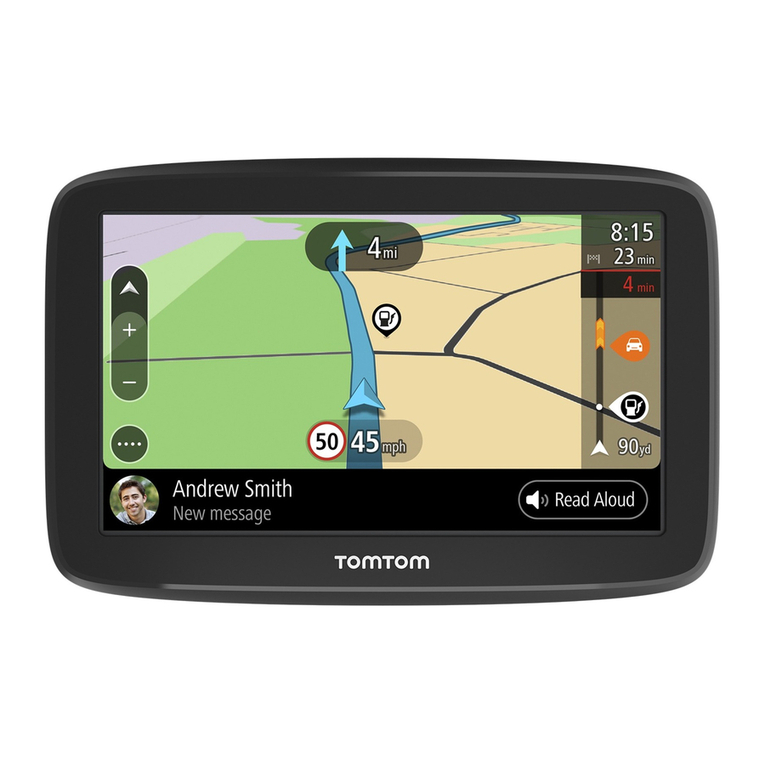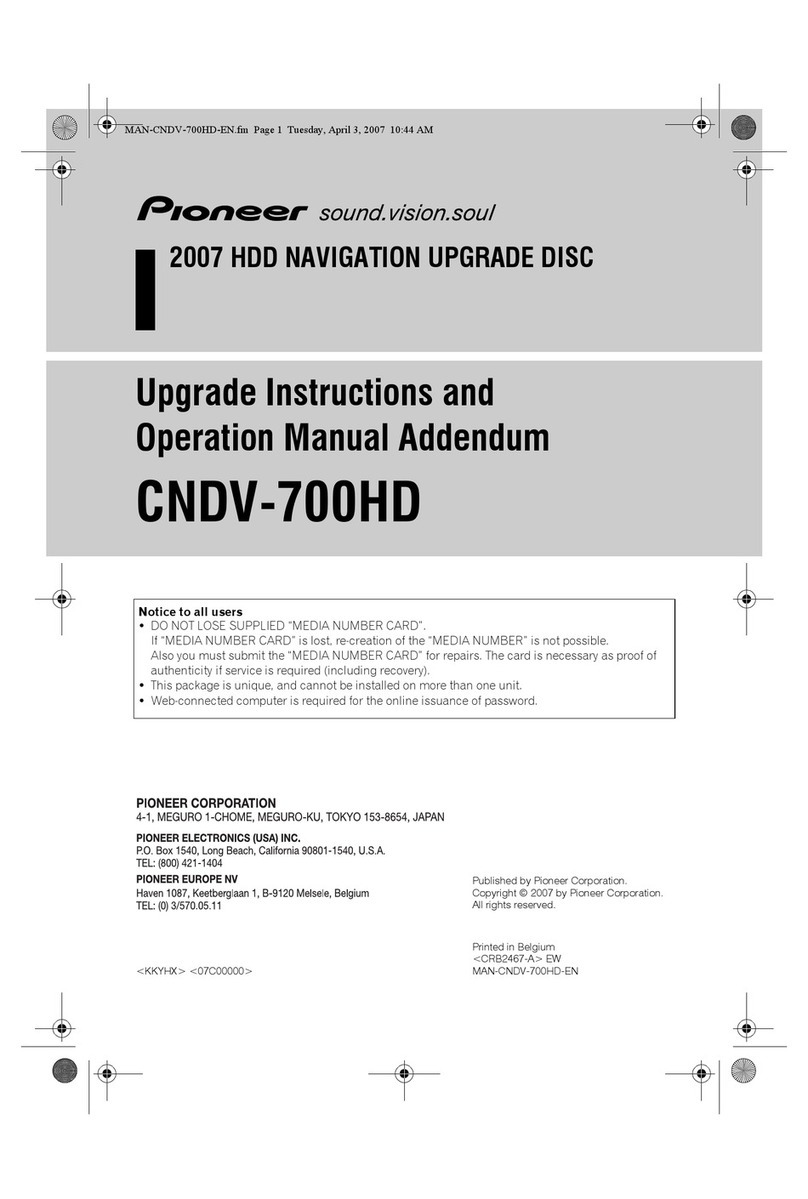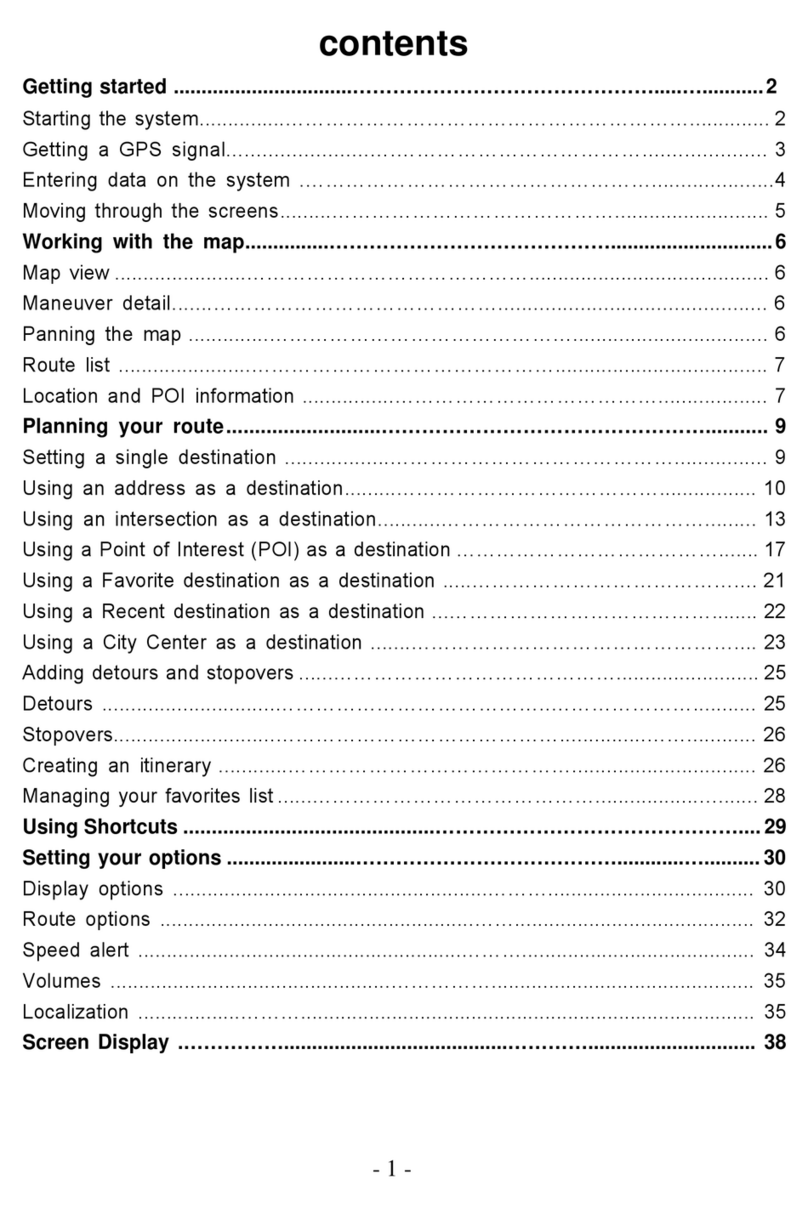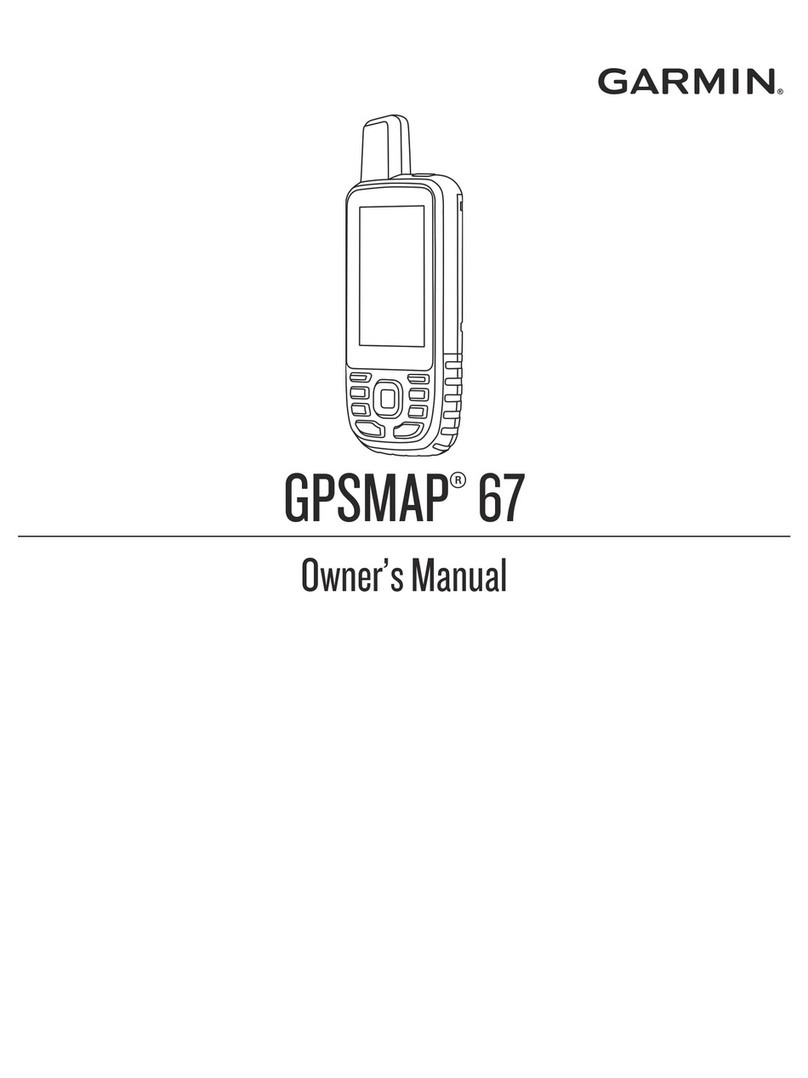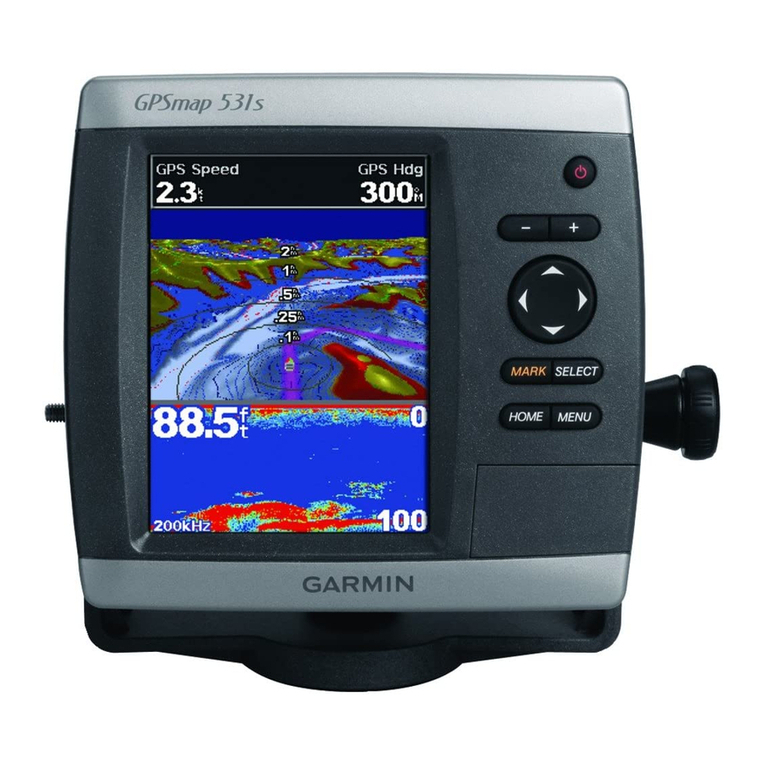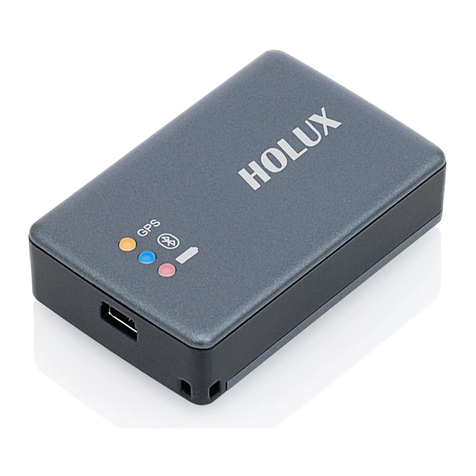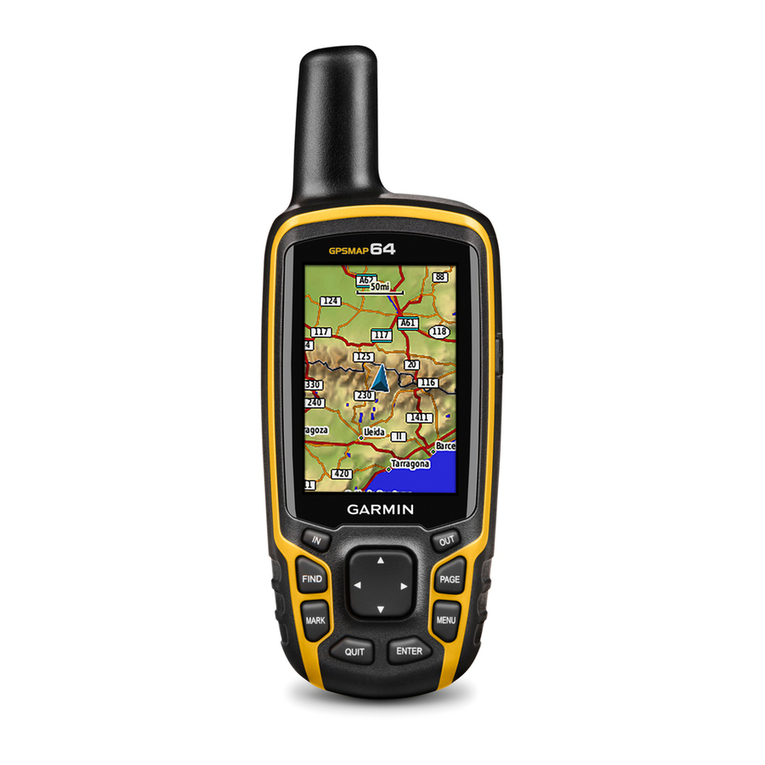SOLARSAN GPS V17 WiFi MQTT User manual

SOLARSAN-GPS V17 (WiFi MQTT)
A complex for tracking the sun based on the calculation of the
data received from the GPS receiver. This system consists of a
basic module SOLA SAN-GPS that can work independently
and SOLA SAN-SLAVE working only as an executive device.
Using SOLA SAN-GPS, you can target solar concentrators,
collectors or panels at right angles to sunlight. Control is carried
out with the help of actuators or rotary actuators in two planes
and has an accuracy of one degree. The module has an input to
connect an "anemometer" to protect against strong wind, the
input of the "hail and snow sensor" and the input of the "photo
sensor" for the sleep mode with low solar activity. Built-in WiFi
module allows you to configure the tracker through the WEB
page over a local network or through an access point. The built-
in MQTT broker allows you to manage and receive data via the Internet network around the world. Power supply from
12V to 30V (and version HV with power from 12V to 55V). Protection by current. Short circuit protection. Built-in
radio modem 433.92 (315.00) MHz with a capacity of 100 mW for data transmission in a radius of up to 100 meters to
the SOLA SAN-SLAVE modules. Works both in one and two axes. The IP66 enclosure allows you to install a solar
tracker under the open sky.
The requirement for mech nic l p rt
•The axis of rotation must
not be tilted. This adds
declination and in extreme
positions from 180
degrees (south) there will
be a large error.
•For the correct operation
of the control module, it is
necessary to correctly install the drives in such a way
that the conditions are met. The movement along the
azimuth should lie in the range from 1 to 359 degrees.
•The initial angle in height should lie in the limit from 0
to 20 degrees. Where 0 is when the panel is
perpendicular to the ground.
•The final angle in height should always be 90 degrees. This is the position where the solar panels are parallel to
the ground.
•The movement must not be limited mechanically, but by limit switches installed in the gearbox or on the
moving parts of the drives.
•There must be no obstacles in the entire range of movement.
•The feedback sensor installed in the gearbox must close the circuit. This can be a reed switch or hall sensor
SS449A.
•The maximum number of feedback pulses should not exceed the value set by G (see Configuration).
•The power wires of the drives must not clamp the moving parts.
•The result depends on the correct setting especially for
parabolic concentrators.

Electric l requirement
•The module should be installed in the zone of
confident reception of GPS.
•When using three-phase or single-phase
alternating-voltage motors with 110 or 220
volts supply, it is necessary to install a relay.
The current of the motors will not be
controlled. To do this, you must install an
additional current protection.
•The control is designed for DC motors. The
motors installed in the drives must have the
same supply voltage. The load current of the
drives along both axes must be close to each
other.
•The power supply of the module must be from
a separate source with a galvanic isolation!
•Sensor leads should not be near power lines.
•It is recommended that shielded wires be used
to connect actuators and sensors or a pigtail
retinue.
•The power supply voltage must not exceed the
supply voltage range. Power supply from 12V
to 30V (and version HV with power from 12V
to 55V).
•When using SOLA SAN-SLAVE, check for a
sure signal passing through the radio. Checking
the work of SOLA SAN - SLAVE on a double
delete. To increase the range, stretch the spiral
antenna of the receiver and transmitter.
•At the moment of motion of the drives, set the
current threshold so that there is no overload
signal.
•Install the light sensor in a place where there is no shadow. As a light sensor it is recommended to use a photo-
resistor with a rating of 10 kOhm.
•When using the module indoors, in an iron box or under a canopy, install an external GPS antenna.
•The anemometer is used with an analog output. To connect an anemometer with a frequency output, use a
converter.
•The computer is connected to the module configuration only when the power is off. (и версию HV с
питанием от 12V до 55V).
Sc nning drive
The learning button is used to scan the drives and
save coordinates.
The button is only available when GPS has
determined the coordinates and there is no movement
of the drives. When you press the button, a short
confirmation tone will sound.
After the "P OG" button is pressed - SOLA SAN-
GPS will remember the coordinates, and start
scanning the drives. The procedure is fully automatic
and can take up to 42 * 4 minutes depending on the
gear unit type. You can stop the procedure only by
turning off the power. After scanning, the module will
store the values in non-volatile memory and will
remember the parameters even when the power is
turned off. Confirming the end of the scanning
procedure will sound two beeps and the module will
reboot.
After training, SOLA SAN-GPS goes into automatic
control mode and does not require monitoring.

Principle of oper tion
SOLA SAN informs you at power-up by two beeps about power supply. After that, the motor turns on the azimuth (X
axis) counterclockwise at dawn. If the motor stopped earlier, it disappears or there is no feedback signal. The same
procedure is repeated for the axis height (Y axis), the motor will start to set the panel perpendicular to the ground. This
is the starting position. After determining the data of the satellites, as indicated by the flashing LED, SOLA SAN will
set the panel perpendicular to the sun's rays. With each change in the design position of the sun by one degree, the
panels will be pushed to achieve maximum positioning accuracy. This is especially important for parabolic
concentrators. Every minute, data on all calculations and positions are output to the port and transmitted by the
transmitter for SOLA SAN-SLAVE.
At the end of the day, when the sun is over the horizon and no protection is activated by the wind or hail sensor, a
reboot will occur and the panels will be set to the initial position. This is done to prevent snow on the warm panels.
In the event that a wind sensor is triggered at night, the panels will move to a position parallel to the ground and remain
in this position until dawn.
Setting the current protection threshold
The module SOLA SAN-GPS provides several types of protection. In the actuators there are limit switches, the
module always knows in which position the drive is located and will not give the task to move beyond the value, and
there are also two types of current protection - a fuse and an electronic current sensor. The current sensor threshold can
be set with the trimmer resistor "MOTO i". For convenience of adjustment, for 10% before shutdown, the control
module will warn the buzzer. The current threshold is set at the time of travel and is effective for both drives. Therefore,
I recommend using drives of the same power.
Setting the wind speed Input 90 "
To determine the wind speed, you can use any factory anemometer or self-made
anemometer that produces a voltage proportional to the wind speed. The threshold
can be specified through the configuration. This input is used to determine the excess
of the set wind threshold. The average wind speed in three minutes should not exceed
the set value. Otherwise, the controller will set the Y axis drive to a position of 90
"(parallel to the ground) which can save, for example, a large solar panel from being
destroyed. To return to
the working position, the
average wind speed in three minutes should be five times
less than the set one. To calibrate the wind threshold, you
need a calibrated anemometer and a fan with speed control.
Set the fan on the anemometer the required wind speed,
after which, read the current configuration value.
Parameter WI- "" means the instantaneous wind speed. The
parameter WU- «indicates the threshold value of wind
speed. The values are set from 11-255 and the input value
is from 0-255. Where 0 is 0 volts, and 255 is 5 volts. If, for
example, you set 10m / s, then with an average arithmetic
value of the wind in three minutes exceeding this value, the
Y axis will take the value of 90 ", and to return to operating
mode, the arithmetic mean wind speed in 3 minutes should
be below 2m / s.
WIND Input
This input is provided for installing the tracker parallel to
the ground. While this input is closed on the GND tracker,
it will be in wind protection mode. When the input is opened, the tracker will be set according to the calculated angle.
Above the WIND input, there is a HAIL input priority and MQTT control.
Connecting the h il sensor
The hail sensor is mounted directly on a glass or plastic surface with a double-sided adhesive tape or glue. To connect,
you need three wires. Power sensor hail 5 volts. The input is "logical" if you close it to "GND", then the Y axis will take
0 "(perpendicular to the ground). The input of the "hail sensor" takes precedence over the "wind sensor".
M ster-Sl ve
The SOLA SAN-GPS module is the "Master" radio transmitter installed in it, which provides communication with the
SOLA SAN-SLAVE modules. The communication radius depends on the transmitter model. By default, the range is
about 100 meters, but you can increase it to 1000 meters by installing a more powerful transmitter. SOLA SAN-
SLAVE does not have sensors for hail, snow, light, wind and GPS module. Its task is to take a ready signal and repeat

the position. In SOLA SAN-SLAVE the same requirements for installation and installation of the current threshold.
The number of SOLA SAN-SLAVE connected to one SOLA SAN-GPS is not limited. The encryption method
provides reliable protection against interference or interference.
Light sensor
It is recommended to use this function, which should reduce the management costs in low light. Set the photo resistor to
a place where there is no shadow. The procedure is best done at sunset or sunrise:
Wait for the SV- "value" in the data line.
Set the value of parameter SP- from 3-255.
The value of SP is compared with SV. If SV> SP, then SOLA SAN-GPS falls asleep.
Configur tion
•Turn off the SOLA SAN power when installing the WiFi module.
•In the WiFi environment, an access point named SOLA SAN appears. Log in using the password 1234568.
•Go to address 192.168.4.1 and click the "Configure WLAN settings" link.
•Select your network from the list and enter the password from it. Click the "Connect" button.
•The Status value indicates the status of the network connection. IP 192.168.1.73, the one shown below
indicates the address in the local network, by going to which you can also get to the configuration page. It is
recommended to change the password from the SOLA SAN network in order to protect against unauthorized
access.
•Go to the SOLA SAN configuration page "SOLA SAN_config".
•Set and save the required settings. After accepting the new parameters, the module reload signal will sound and
the data will take effect. Check the data after the page is refreshed. If the data corresponds to the format, the
module will save them. Use the UPDATE button to update the data. SOLA SAN-GPS Provides data each time
it calculates the average wind speed or 60 seconds.

Reduction nd d t v lues
P r meter V lues present v lue R nge
XN- 45 Initial value in azimuth 45 degrees 5-155 degrees
XK- 315 The final value in azimuth 315 degrees 205-375 degrees
YN- 10 Initial value for sun height 15 degrees 0-20 degrees
G- 68 Input divider of the value of the
maximum pulses
The maximum number of
pulses from the motor to
64000 pulses
0-64000
0-320000
TM- 180 Maximum Time Moving Drives 180 seconds 130-2250 seconds (от 2 до
42 minutes)
WU- 44 Set wind threshold 44 units 11-255 units
SP- 187 Illumination threshold 187 units 3-255 units
WI- 0 Instantaneous wind speed in 3 minutes 0 units 0-255 units
SV- 184 Intensity of the sun 184 units 0-255 units
Y%- 80 Position in% by height 0-100%
X%-87 Position in% in azimuth 0-100%
AG- 52 Sun height 52 degrees -90-90
AZ- 190 Azimuth of the sun 190 degrees 0-360
LY- 3871 Length of actuator in impulses in height 3871 pulses 0-64000
0-320000
LX- 3870 Drive length in pulses in azimuth 3870 pulses 0-64000
0-320000
YY- 2273 The actual value of the height in the
pulses from the drive
2273 pulses 0-64000
0-320000
XX- 2078 The current azimuth in the pulses from
the drive
1536 pulses 0-64000
0-320000
GPS- 1 Validity of GPS data GPS is 1 - there is data
0 - no data
GPS-
50.016666
Latitude 50.016666
36.216667 Longitude 36.216667
COM-PORT Configur tion
Turn off the power of the SOLA SAN module. To configure the module, connect the USB-COM adapter to the
computer or the Bluetooth module. Start the terminal port at 9600. Enter the required parameters and press "Enter". A
module reset signal will sound and the data will take effect. Check the terminal. If the data corresponds to the format,
the module will save them.
eferences:
Configuration program
FTDI Driver
Driver CH340
The PL2303 driver
Example Configuration Command s:045315000068018086127

P r meter V ri ble
type
R nge Description
s: ID config start of package
045 XN 005 to 155 Initial value in azimuth
315 XK 205 to 375 The final value in azimuth
010 YN 000 to 020 Initial value for sun height
068 G Input divisor
067 and 068
Input divider of the value of the maximum pulses
With a value of 067, there are 320000 imps.
With a value of 068, there are 64000 imps.
018 TM Travel time
from 013 to 255
Maximum drive travel time
from 130 to 2550 seconds (from 2 to 42 minutes)
086 WU Wind speed threshold
011 to 250
The value is set from 11-250
where 0 is zero volts 255 - 5 volts
It is set on the basis of the parameter
WI - instantaneous wind speed
If WI> WU, then the panel will become parallel
to the ground.
127 SP Illumination threshold
From 003 to 255
The value is set from 3-255
where 0 is zero volts 255 - 5 volts
The value of SP is compared with SV.
If SV> SP then SOLA SAN-GPS falls asleep

Telemetry MQTT
To configure remote management and telemetry, you need to connect to the MQTT server.
for example https:// cloudmqtt.com. Application for AND OID and IOS
•To do this, you need to register and get the data SE VE , LOGIN, PASSWO D, PO T.
•Enter this information in the appropriate sections. Install the MQTT client application and enter the same data.
Select Port
Connect
Configuration string
Send data
XN- 45 XK- 315 YN- 10 G- 67 TM- 2000 WU- 50 SP- 220 WI- 0 SV- 0 Y%- 64 X%- 46 AG- 62 AZ- 170 LY- 327 LX- 550
YY- 212 XX- 254 GPS- 50.016666 36.216667 GPS- 1

•Add TOPIC data necessary for monitoring.
•The TOPIC list is on the "Index" page.
•To control the solar tracker, remotely add TOPIC controls to
solarsan/y altitude control and solarsan/x in azimuth.
•Control values must be within the limits of the set parameters. For
example solarsan/x can be from 45 to 315 degrees.
•And the value of solarsan/y is from 10 to 90.
•Exit manual control of TOPIC solarsan/gps value 0.
Attention ! When remote control is turned off ll sensors nd SOLARSAN
goes into m nu l control!
SOLA SAN-SLAVE connected to MQTT does not transmit data:
the value of wind, light and coordinates.
Azimuth of the sun
Table of contents
Popular GPS manuals by other brands
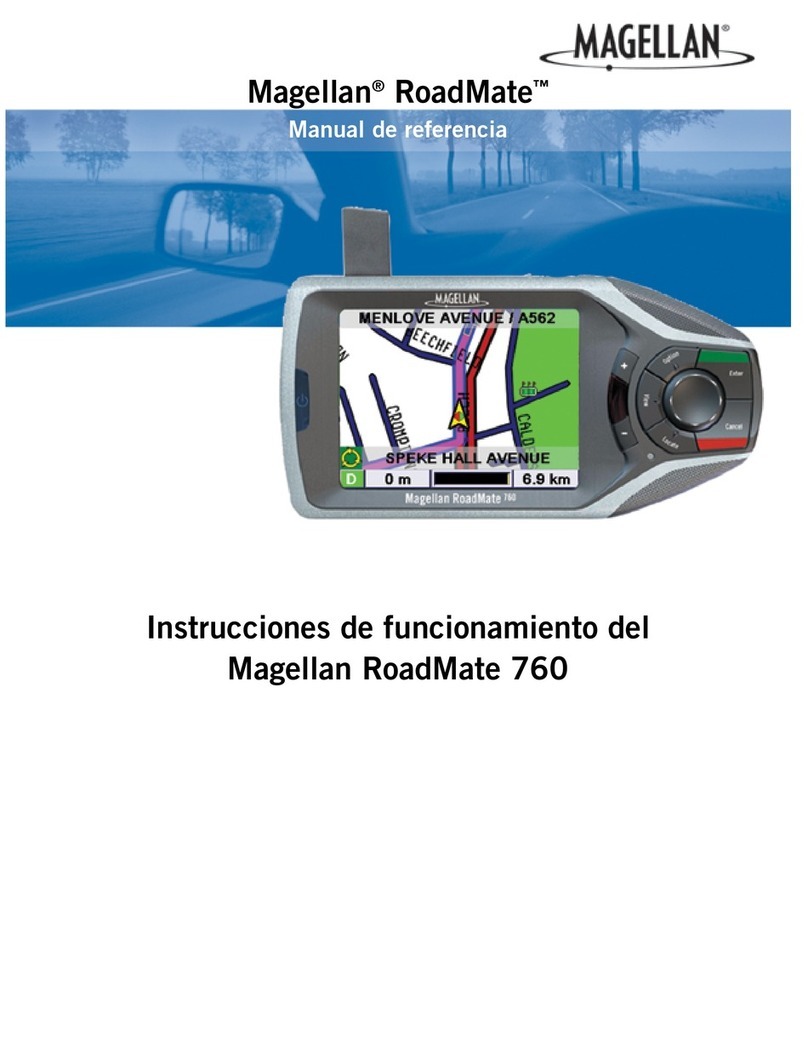
Magellan
Magellan RoadMate 760 - Automotive GPS Receiver operating manual
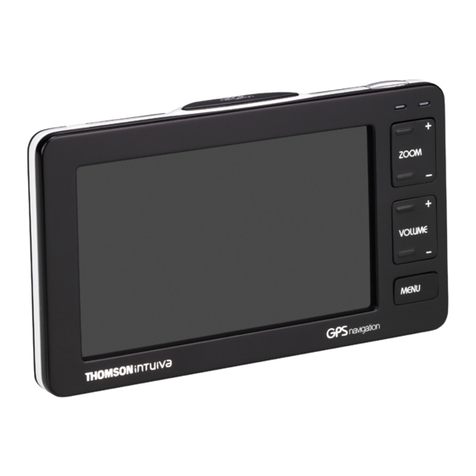
THOMSON
THOMSON GPS 420 manual
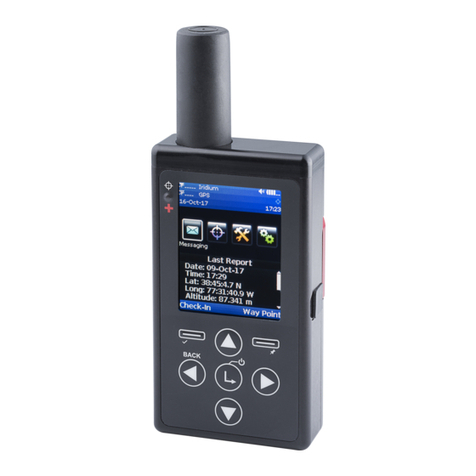
NAL RESEARCH CORPORATION
NAL RESEARCH CORPORATION SHOUT nano quick start guide
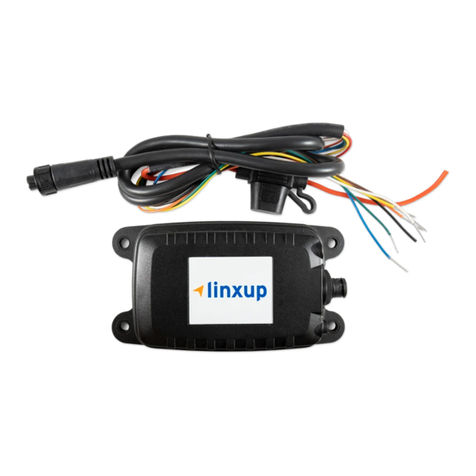
Linxup
Linxup AT3 quick start guide
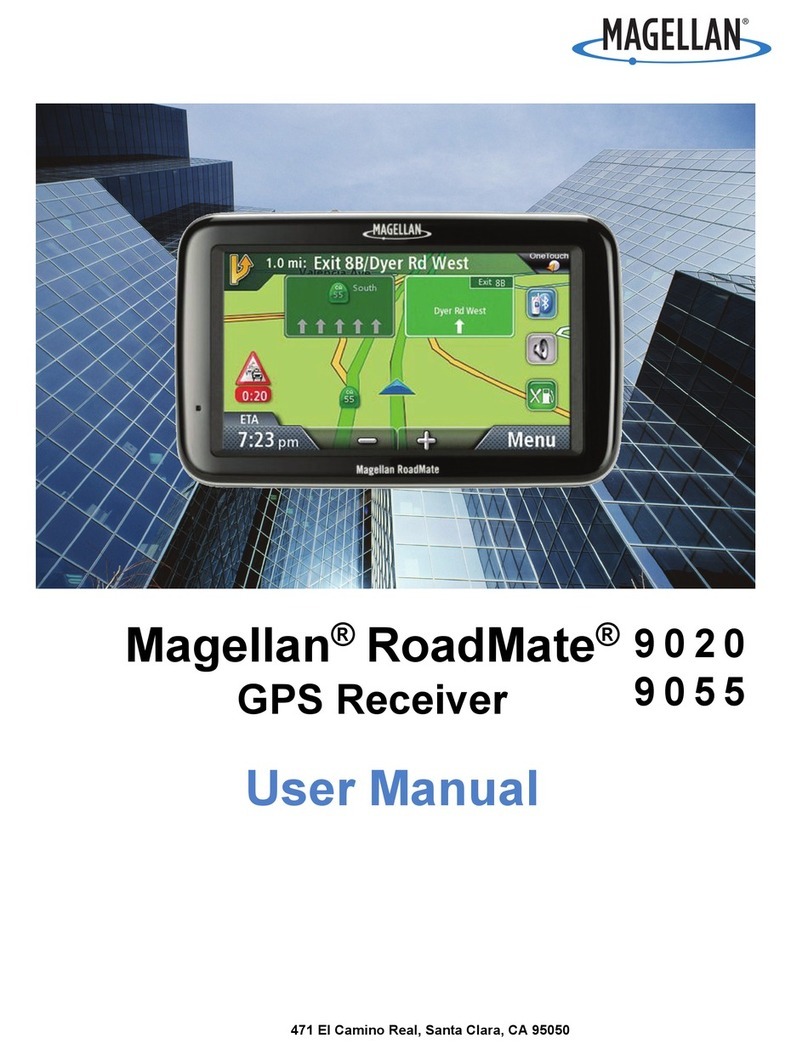
Magellan
Magellan RoadMate 9055-LM user manual

ashtech
ashtech GG Surveyor Reference manual
